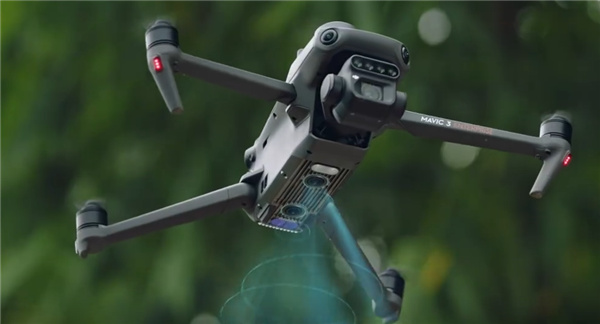Exploring the Vast Potential of Large Drones
In recent years, drones have transformed from being simple gadgets for enthusiasts to powerful tools that impact various fields profoundly. One of the exciting advancements in this technology is the emergence of car-sized drones. These larger variants promise a future where they could carry out tasks that were once the domain of conventional vehicles and machinery.
These substantial drones are gradually making headway into industries. Agriculture is a primary area where they can revolutionize operations. Equipped with advanced sensors and significant payload capacities, they can monitor crops, distribute fertilizers, and even plant seeds with precision. Such capabilities suggest a more efficient and environmentally friendly approach to farming.
Urban Mobility and Infrastructure
Another fascinating application lies in urban settings. Car-sized drones offer the potential for revolutionary urban mobility. Imagine a future where these drones are used for passenger transport, reducing traffic congestion and emissions significantly. Several companies are already testing prototypes, envisioning a world where aerial rides become a norm rather than a novelty.

These drones also hold promise in the construction and infrastructure sectors. Their ability to hover, navigate tight spaces, and carry heavy materials makes them ideal for building inspections and minor construction tasks. Moreover, they can access areas that are challenging or unsafe for human workers, thereby enhancing safety protocols.
Challenges and Considerations
Despite their potential, car-sized drones face numerous challenges. Regulatory frameworks need significant updates to accommodate their unique characteristics and capacities. Safety remains a priority, with authorities needing to establish rules to ensure safe operation in populated areas. Battery technology also needs advancement to provide adequate power while maintaining efficiency.
The environmental impact of manufacturing these drones on a large scale must be considered. With innovation often comes responsibility, and ensuring these technologies contribute positively to our ecosystem is essential. Furthermore, public perception and acceptance are critical, requiring efforts to demonstrate reliability, safety, and benefits.
FAQs
Q: How do car-sized drones differ from traditional drones?
Car-sized drones are significantly larger and can carry greater payloads compared to traditional drones. They are designed for more complex tasks such as passenger transport and construction work.
Q: What are the security concerns associated with large drones?
The primary concerns include airspace regulations, privacy issues, and cybersecurity threats. Thus, implementing robust security measures and comprehensive policies are essential.
Q: When can we expect to see these drones widely used?
While prototypes are already in development, it might take a few more years before car-sized drones become common in everyday applications due to the need for regulation and infrastructure development.